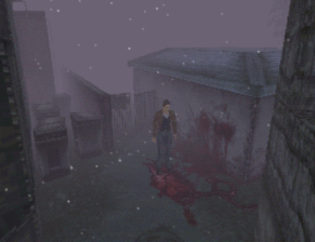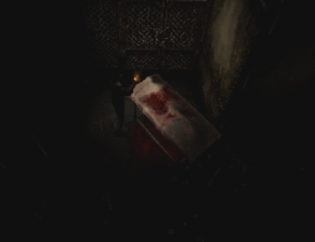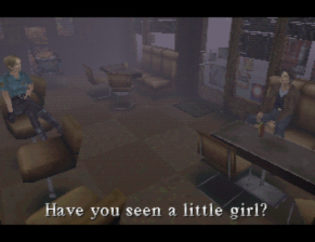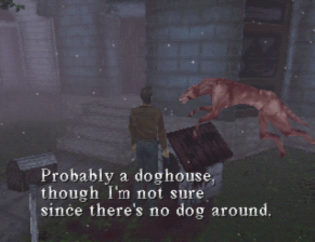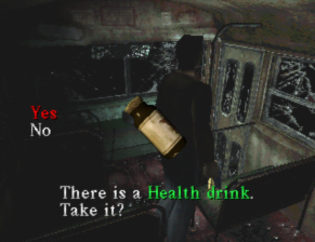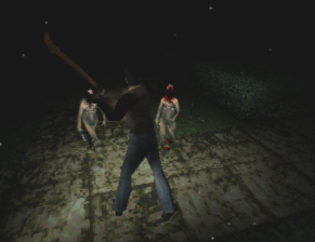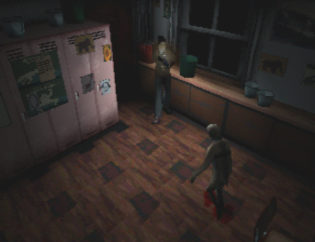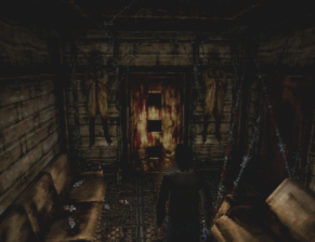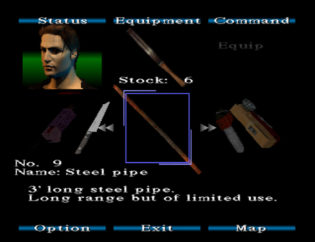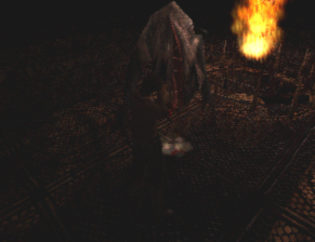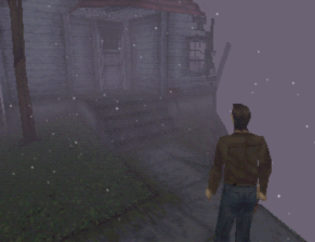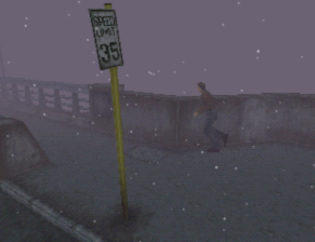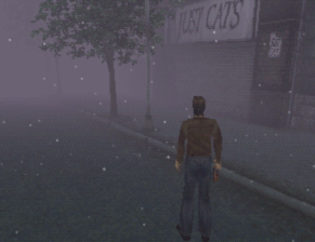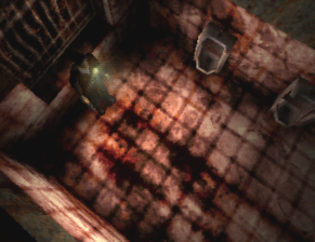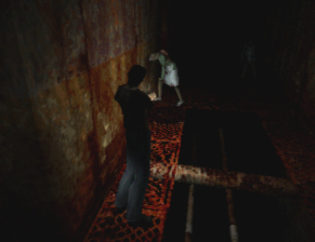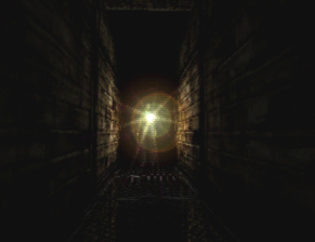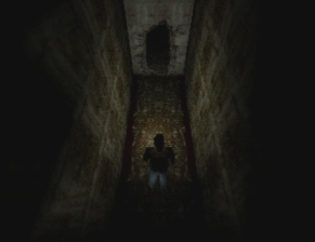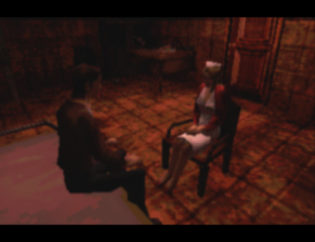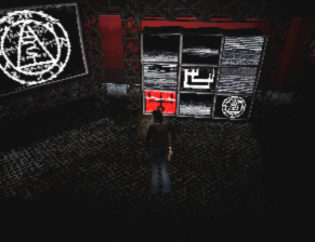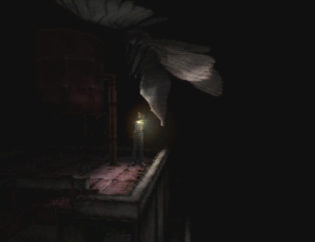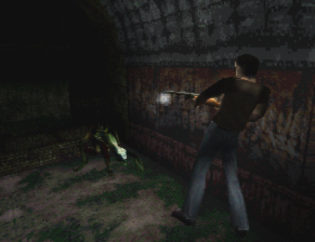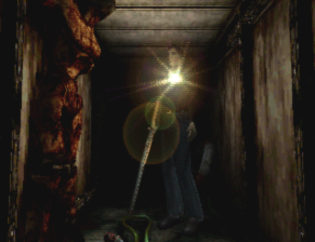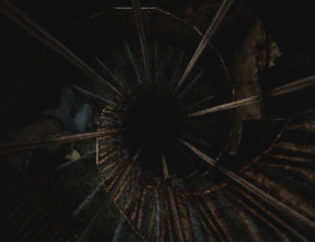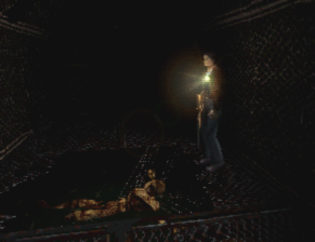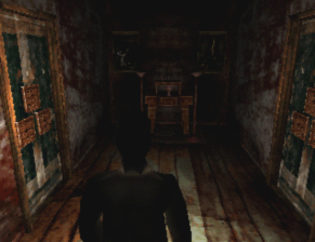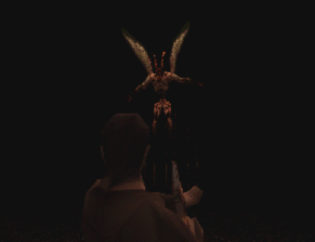O tempora is a series of retrospective posts where I play games from ages before to see if they stood the test of time.
There are several games and franchises that I’ve replayed and continue replaying regularly for decades now. And because of that, I didn’t even consider them for my retrospective reviews, just because of how intimately I know them and how “obvious” it is that they did stand the test of time. But perhaps it’s time to change that. To attempt to take a fresh look at these titles and play them as if this is my first experience with them, re-assessing what I think about them. I’ll start with Silent Hill.
Back in the late 90s Capcom blew everyone’s mind with what they named “survival horror” and after a few years of delay, many “clones” have followed. Konami wanted a piece of that action too, which led to the creation of a title that managed to both feel like a continuation of ideas from Resident Evil, while also being quite innovative in many other ways. And, according to the pirate copy cover, it was “more awesome than Resident Evil 2”. That cover was quite correct.
On the surface, Silent Hill follows all of the main pillars of a classic survival horror title. It’s heavy on exploration with backtracking and puzzle solving involved. Your resources for healing and dealing ranged damage are limited and you have to be careful about how you use them. And, of course, the story is a horror tale with many elements and scenes that are meant to scare the players. It even had a lot of the familiar elements that weren’t the pillars of the genre, but were nonetheless commonly found in it, like tank controls, confirmation for taking items, save points, boss battles, “files” (lore items) and the same approach to showing health in several colours from healthy green to dying red.
But almost every aspect of the game, including the ones that followed the trend, was wildly different in practice. All of the background elements were real time, removing all pre-rendered aspects from the game apart from the static images and some CGI cutscenes. Which allowed the game to move away from a lot of things Resident Evil was known for. Game had a shockingly impressive implementation of a flashlight and dynamic lighting for the time, with flashlight impacting the behavior of the enemies. It allowed the game to have huge open locations where you could explore entire districts of the town of Silent Hill, your visibility constantly limited by fog or darkness, and yet with not visible loading screens for gigantic chunks of explorable space. Baked camera angles were also not needed and you had a lot of control over the camera view, with the game taking a more cinematic approach only in moments where it was necessary – an approach Fatal Frame would later also employ.
Combat also felt completely differently. While Silent Hill, as a franchise, would never come to be known as good of an action game as RE, as it simply wasn’t as tight, as tactical and precise, its changes to the flow of combat were inventive and unexpected. For one, as they knew auto-aim is basically a must with a control scheme like this, they discarded the rigidity of the aim mode of RE games and instead allowed you to aim and walk with most weapons, unless they were too big or heavy. Melee combat was given a much bigger focus to the point where until only a few years ago I used to always replay this game using mostly the incredible variety of the close range weaponry, because it’s really good. Due to that, the enemy behavior was also tweaked so some enemy types would change the way they attack depending on if they were alone or in a group, with one enemy in the group always attempting to grab and hold you, letting the others hit you if it was possible.
The general game structure was quite unique as well, as it was almost Zelda-like with a big open “overworld” and closed “dungeons” you would go through. With gameplay on the streets being extremely hectic – with many enemies constantly bothering you, especially in later parts of the game, while “dungeons” were self-contained and played closer to RE titles. Though even there, the locations were designed around realistic architecture and planning, instead of an extremely gamey planning RE games had, which also required adding a concept of “jammed locks” to show that some doors or entire sections of the map can never be opened. While a lot of the doors in the overworld section were just non-interactive with no character comment. Map also behaved in a unique way, where you couldn’t have a map at all if you didn’t pick the map item (unlike RE where map would update room by room even if you don’t get the item), but the markings the main character would leave on the map are dynamic and often mark every important thing you find in a pretty cool, although not entirely consistent manner.
Inventory was limitless too, completely removing the need in storage boxes or extraneous backtracking. Although it also led to curiosities like ammo count being capped, but with the game allowing you to pick up more ammo anyway (which goes nowhere). Approach to puzzles was also very different from RE games, where puzzles were usually very simple. Puzzles in Silent Hill were genuinely difficult and, if I’m being honest, sometimes to a fault, with a couple of them being really poorly worded. And finally, the horror itself wasn’t just a biological monster horror tale, but instead a psychological horror story with lots of intentionally twisted, confusing and surreal possible explanations for the story available. Including (mild spoilers for Silent Hill and Siren til the end of the paragraph) one ending that outright proposes that the events of the game are a nightmare moments before his death. While the new game plus (named Next Fear in the game) always begins with the main character waking up as if from a nightmare and saying “Was I dreaming?” implying an endless cycle – an idea the developers who quit the team soon after would later explore in the PS2 Siren.
Speaking of new game plus – even this was done in a rather novel way. At this point Resident Evil didn’t really go hard into unlockables (although, they would the same year with Resident Evil 3), but Silent Hill made both the post-game Ranking Screen and unlockables A Big Thing. The formulas and stats the game would calculate were shockingly complex to the point where speedrunners to this day use the in-game timer as a proven tool for their runs while the ranking system provides the players a ridiculously tough challenge to try and get the 10 star rating. Every time you played the Next Fear game, it would bump up the difficulty by one as well, as Silent Hill was also the game to have 3 proper difficulty settings from Easy to Hard, whereas Resident Evil didn’t really do it until much later. Speaking of later, this was the first survival horror game that had a proper “Continue” option that kept checkpoints in console memory and allowed you to continue after death even if you didn’t save the game, which was an unheard of at the time quality of life feature. It also had 4 endings, and a clear “golden path” on how the players were to figure out how to get all of them by getting the other endings first and exploring the world better. And on top of that, there was an extra dumb UFO ending that started a trend of joke endings for this franchise and other horror themed titles that followed.
But one of the possibly most important things the game did was how its approach to sound was leagues ahead of basically every other game at the time. While sound design and music were great in Resident Evil titles and we’ve already had Thief on PC that started showing the importance of good sound in games, Silent Hill outdid them all. The noisy horrifying music mixed with genuinely creepy industrial ambient with lots of dynamically changing movements and suddenly entering and exiting sounds will impress you even today. I’ve seen people play Silent Hill for the first time and react to some sudden knocks or sounds from the game with a genuine reaction of thinking that the sounds were coming from their surroundings. Voice acting was also among the better examples from the time, although, unfortunately, it’s full of awkward pauses between each line, as all of them were read from the CD one at a time.
I suppose it’s time to talk of the technical aspects of the game and how I’ve played it. Silent Hill remains a Playstation 1 game and it never had any remasters, remakes or re-releases anywhere. It had several releases on PS1 that had notable differences. My experience with the game has always been limited to the NTSC version, which was the initial release, that (as expected) ran at 60Hz, but also contains several bugs and typos that got fixed in the PAL release. Unfortunately, apart from the slower speed of the game (50Hz), European version of the game got censored by replacing the the enemy type fought in school with a later similar enemy that looked less like a child. This censorship even went as far as the official soundtrack of the game where the track “Children Kill” was renamed “Flesh Kill” for the limited European release.
Playing the game today, due to this platform limitation, can be frustrating based on how close to the “true experience” you wish to get. Of course, the best experience, which is what I had back in 00, is by using PS1 and a CRT TV. But understandably, that’s something only tech nerds will probably do today, so other good options are using the fantastic Duckstation emulator on PC, or using PS Vita TV. For this playthrough, I’ve used the Duckstation and ran the game with no hacks or enhancements with just the emulation window scaled but render resolution kept at the original and with a DualSense controller, since tank controlled games just tend to feel nicer with a good D-pad. Due to that, all of the screenshots you are seeing here are upscaled with nearest neighbour algorithm (to avoid blurring) from their original resolution, so you don’t need to zoom your page 400% times to see anything. The game renders natively at mere 291×224 in gameplay and 583×448 during menus (a common tactic for older PS1 games), something that was just scaled nicely on old TVs.
Given how easy it is to play the game on something like Duckstation (if you can get the game itself, of course) and how fun the game is even today, I would still highly recommend playing Silent Hill. It is my personal favorite entry in the series and I think that it managed to combine the story heavy nature of the franchise with fun action and exploration in a way no other entry did. Remastering something like this could be curious, although, of course, but I highly doubt it would happen at this point. Where a remake, I fear, can miss the point of what makes this title so special in the first place due to the weight of the later entries in the series.


